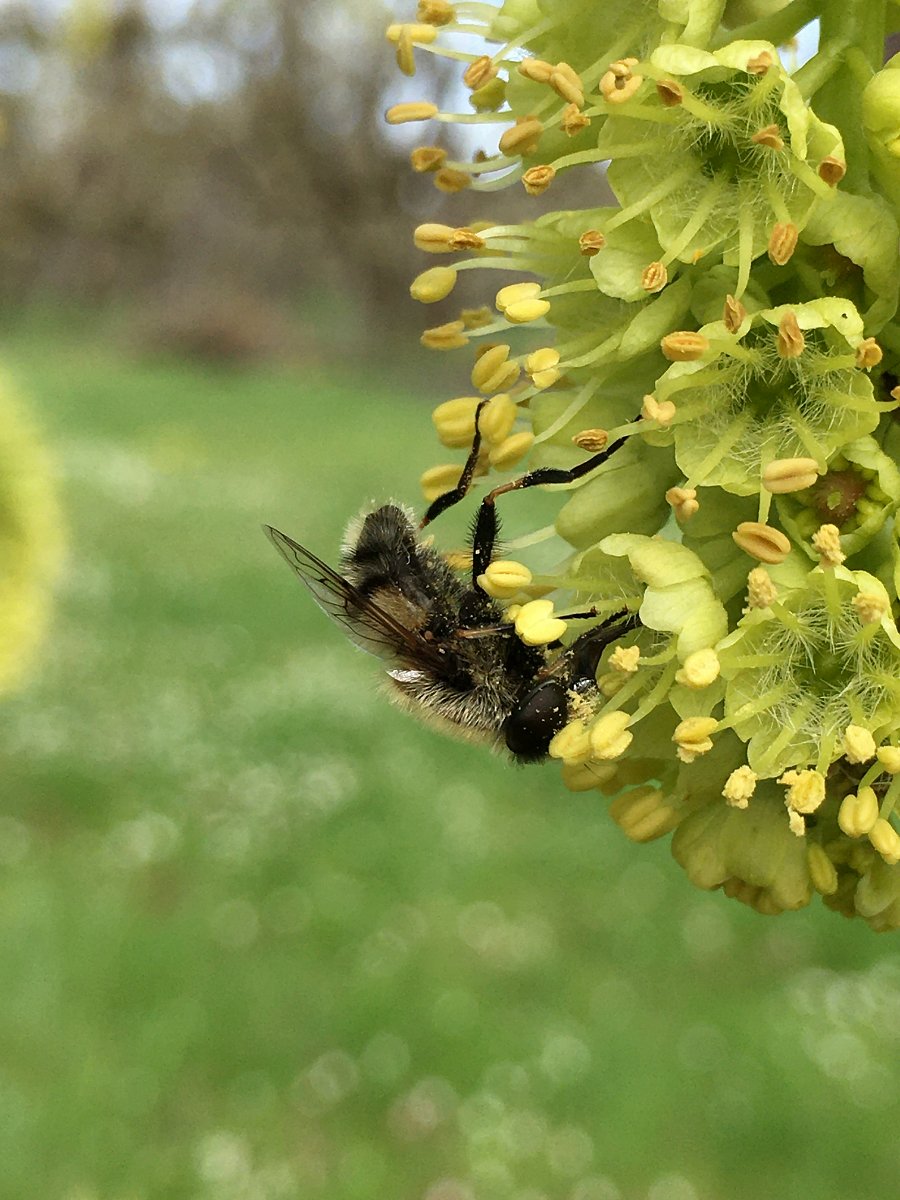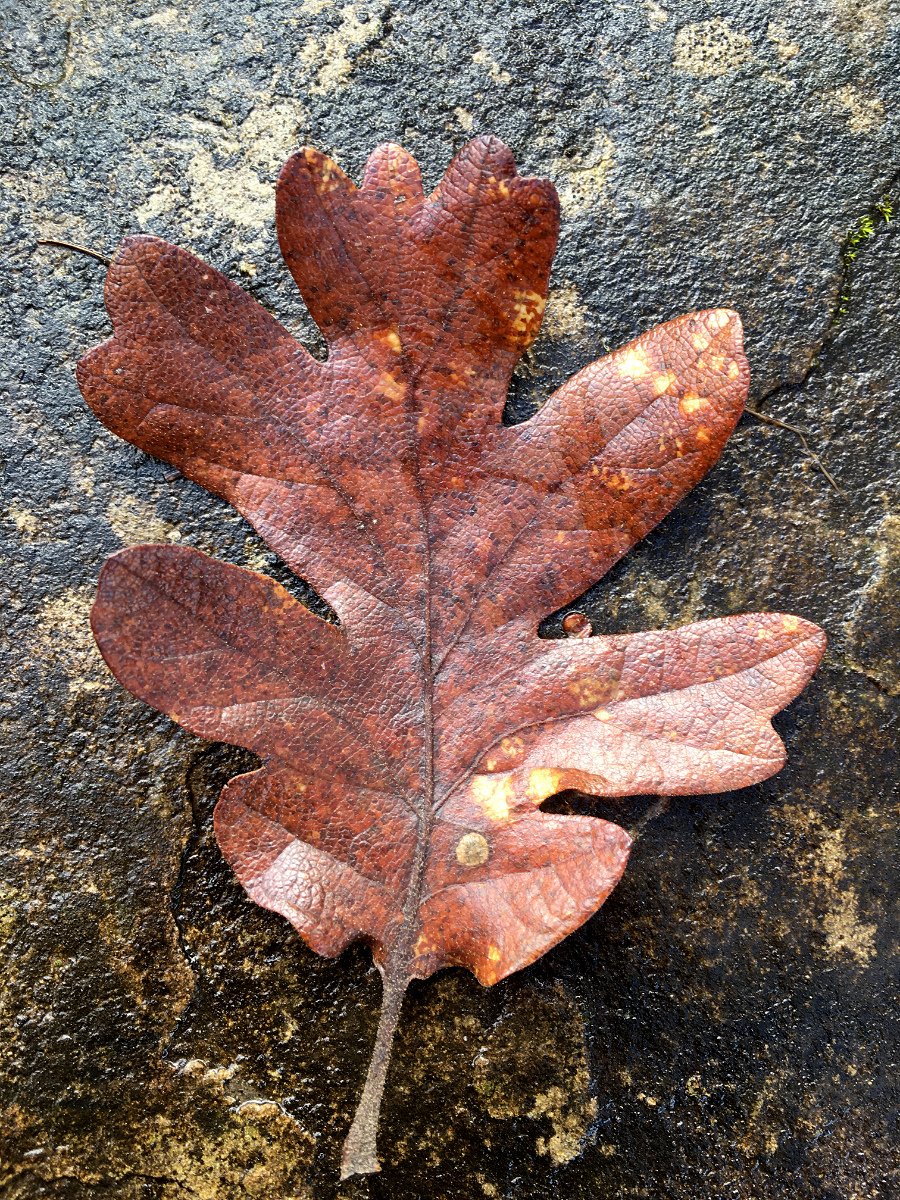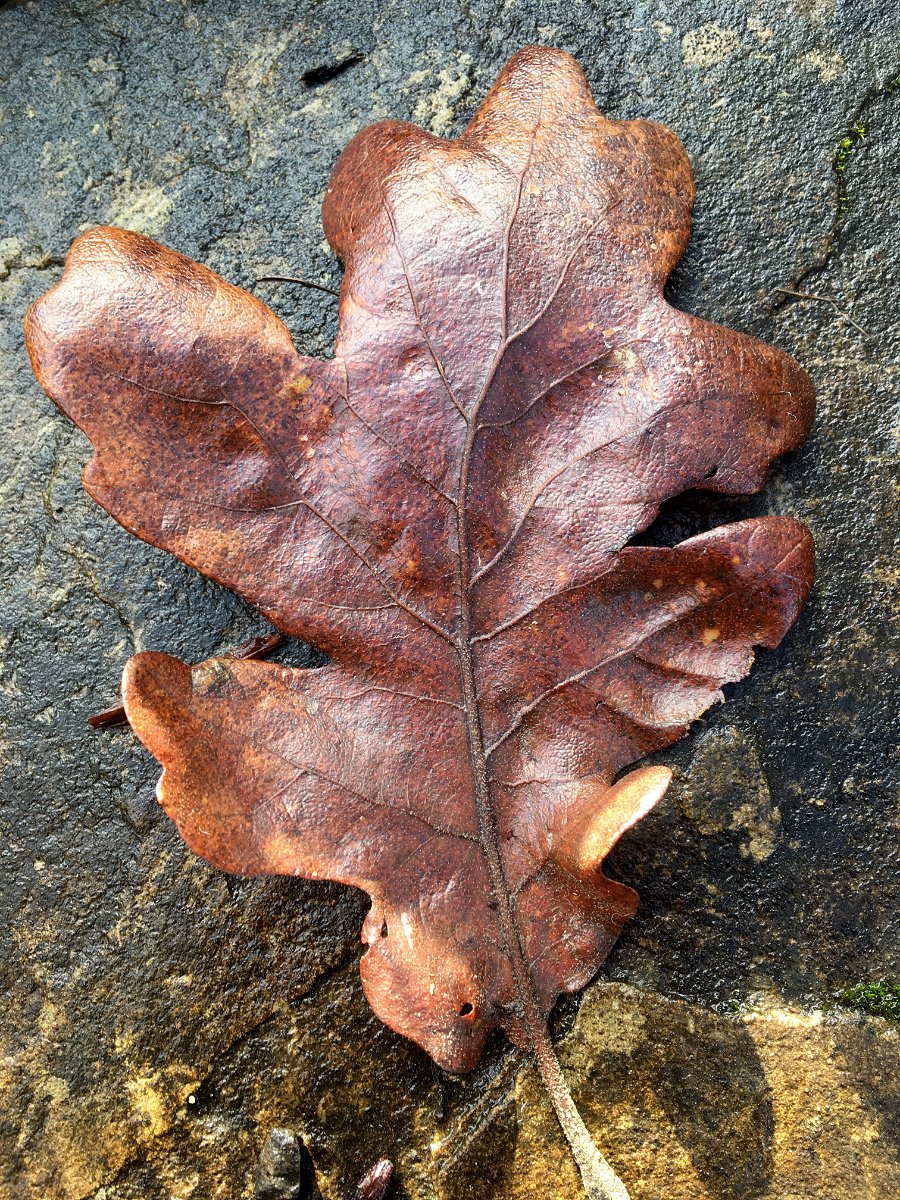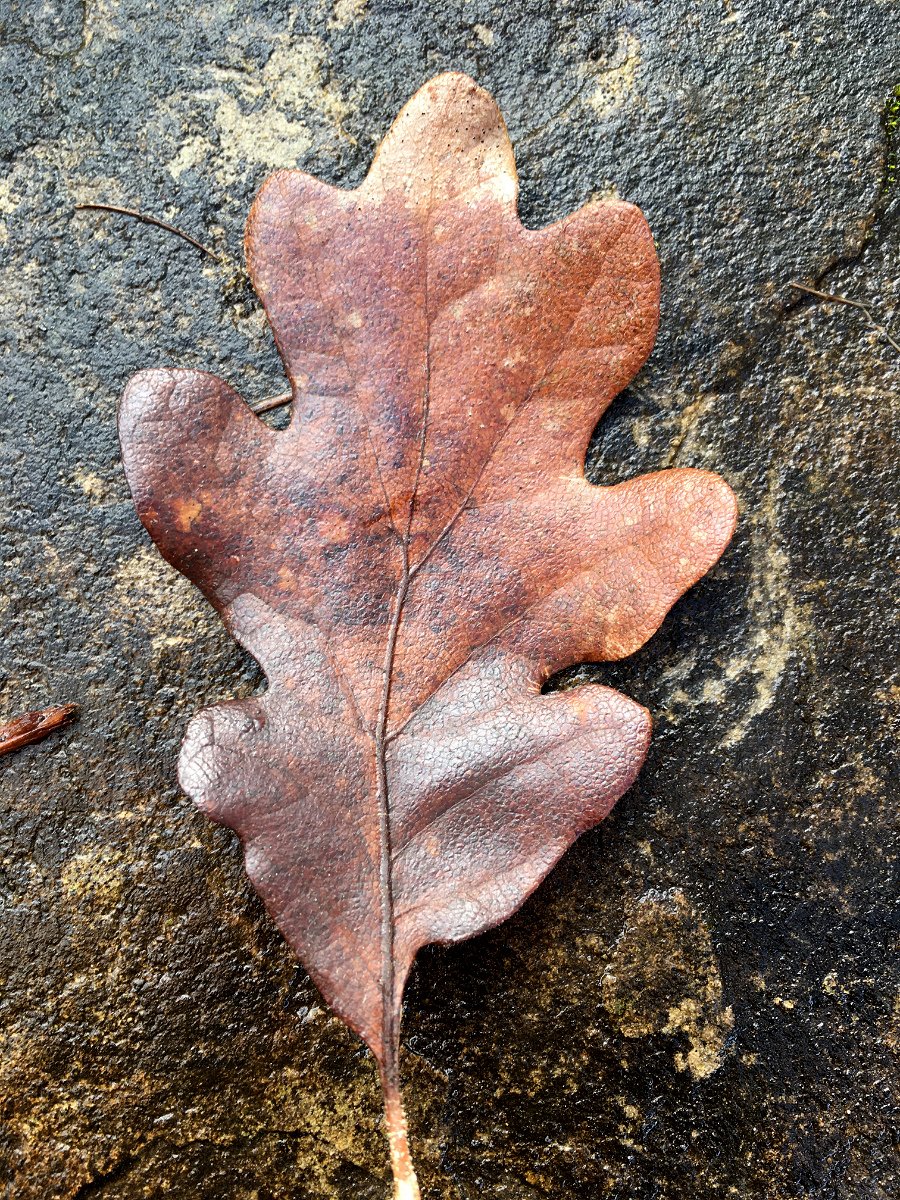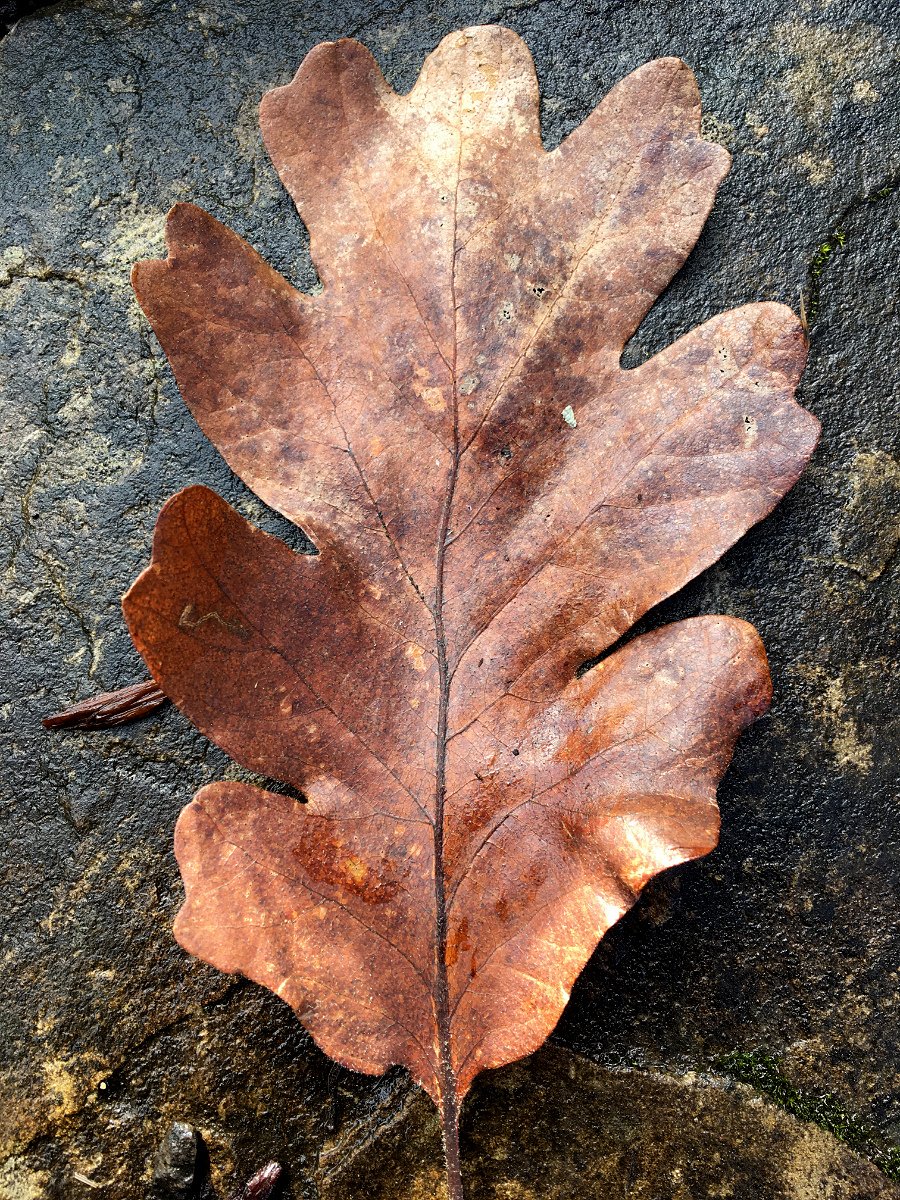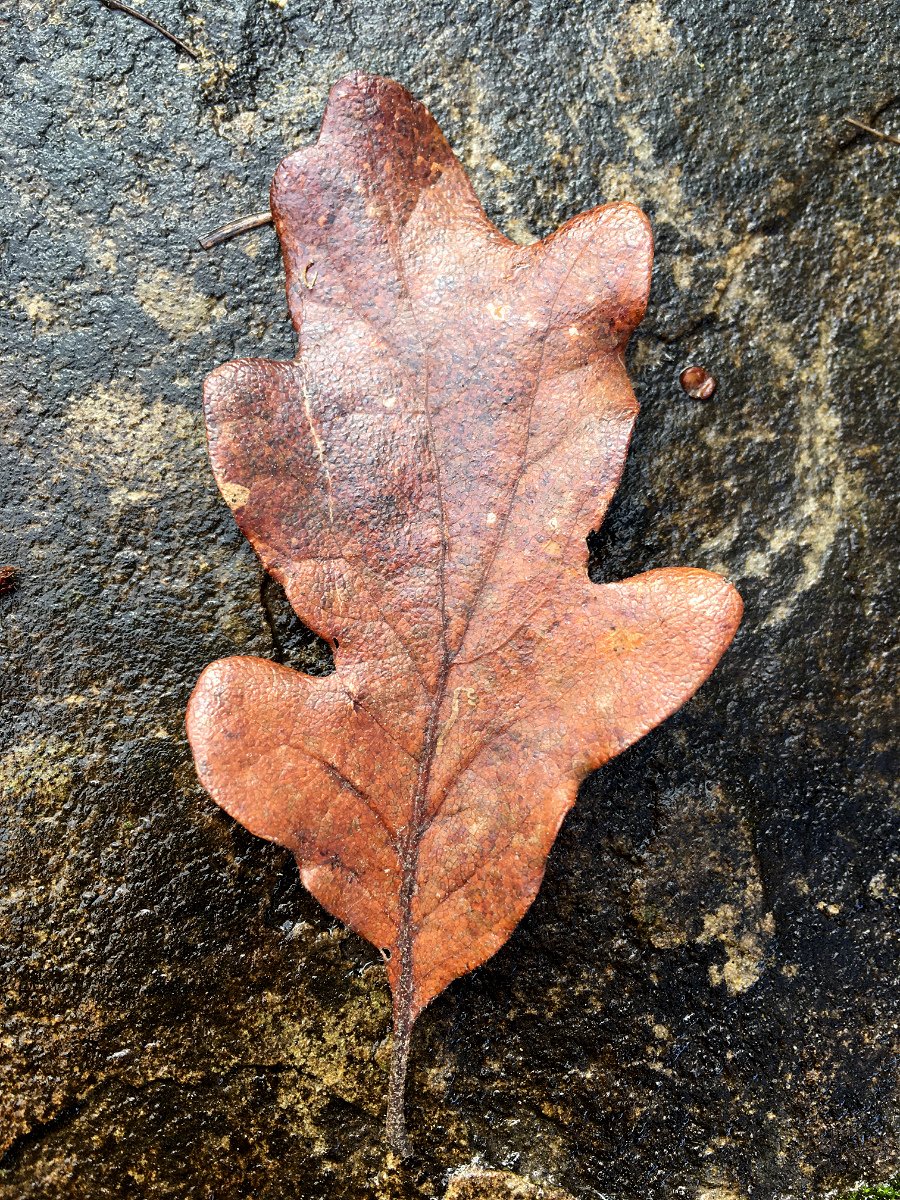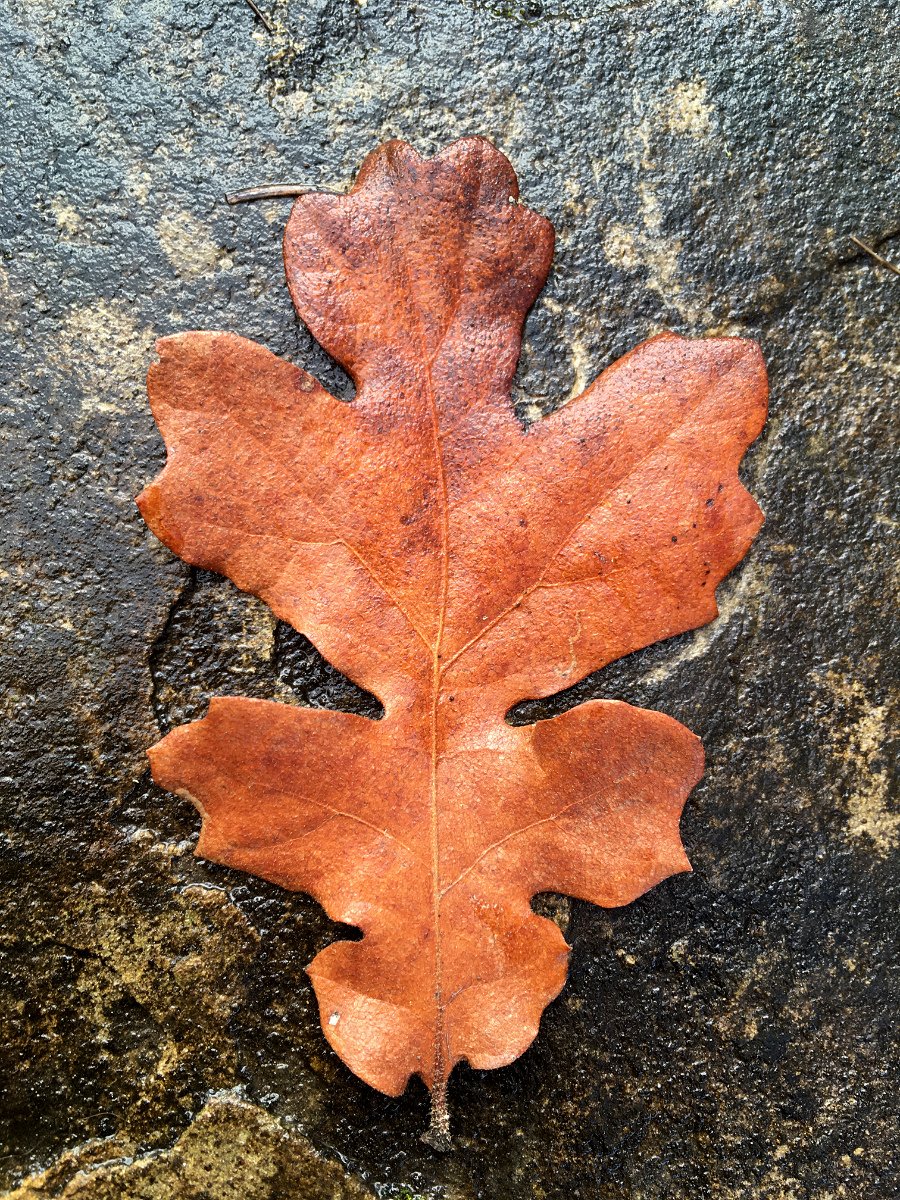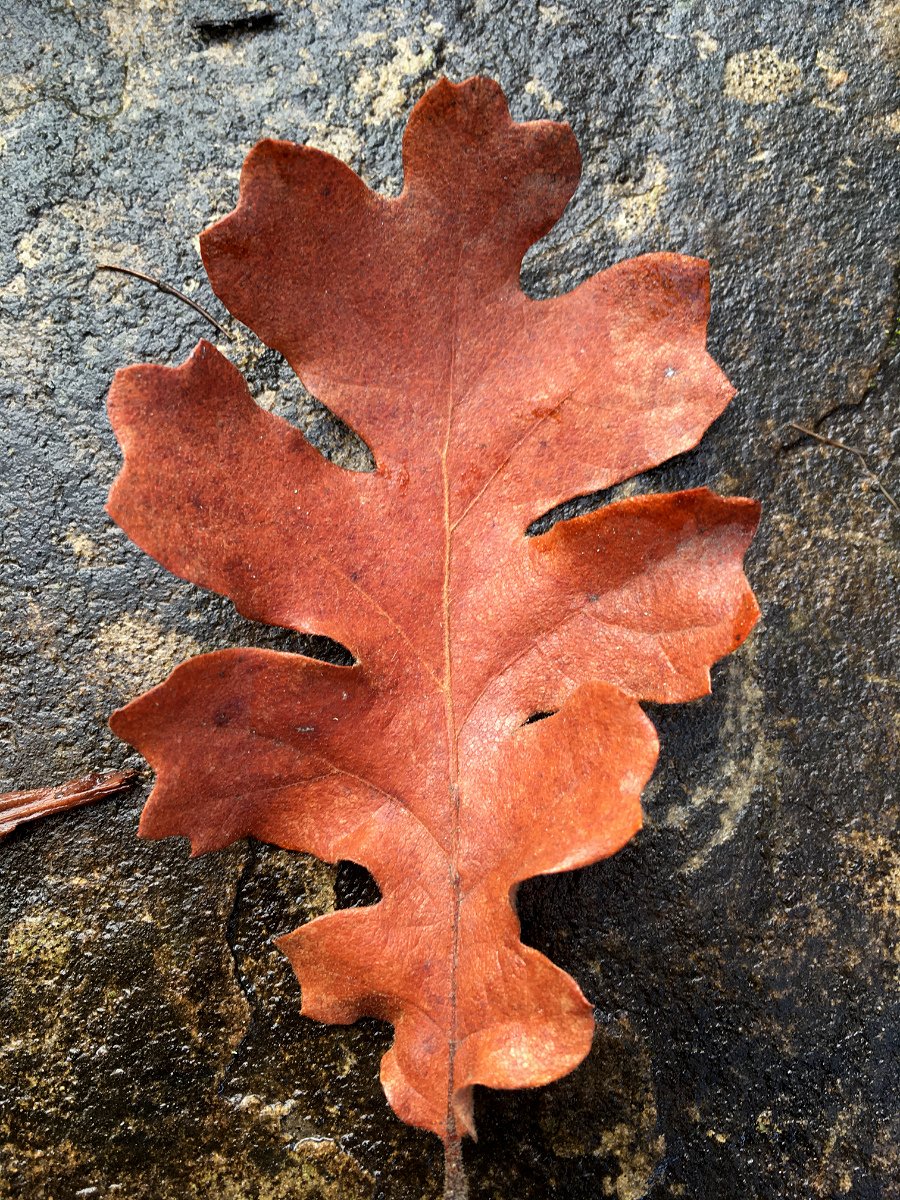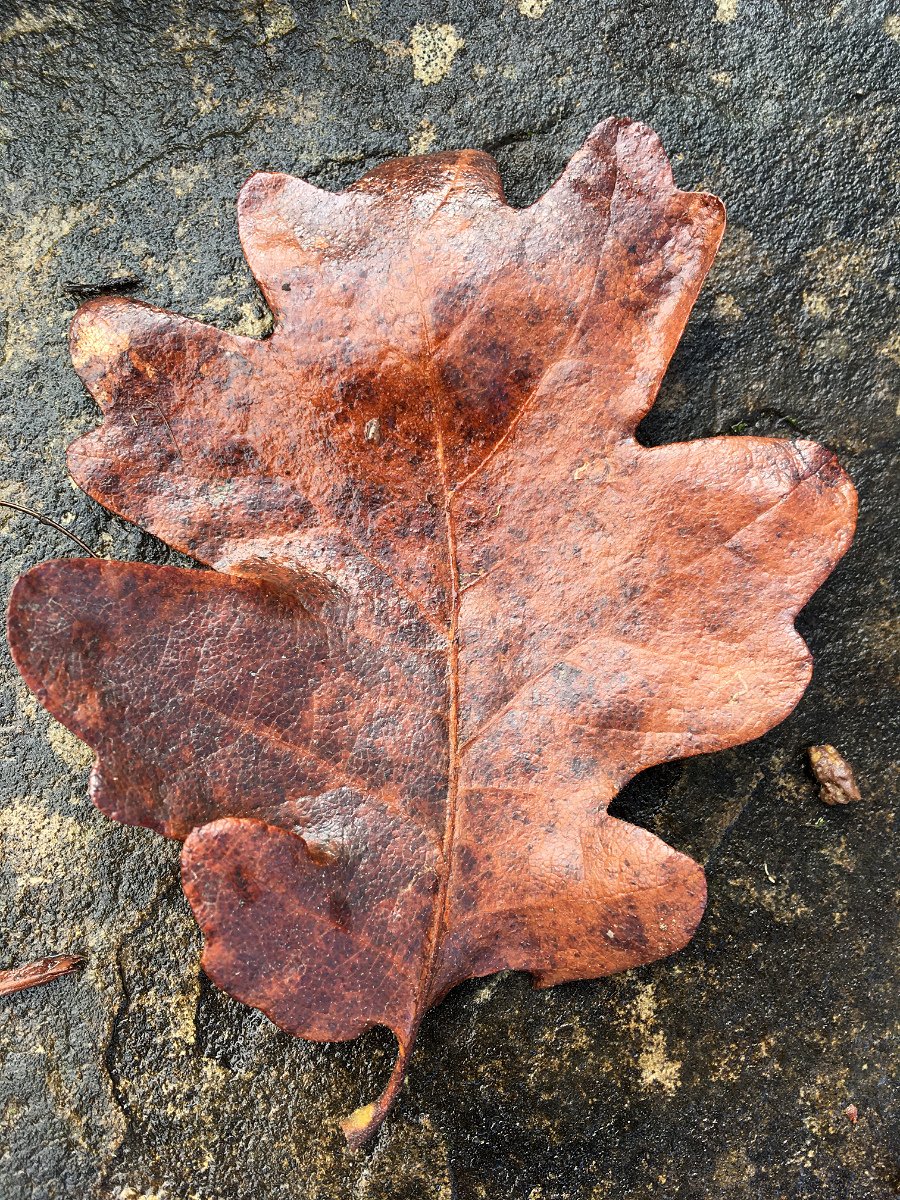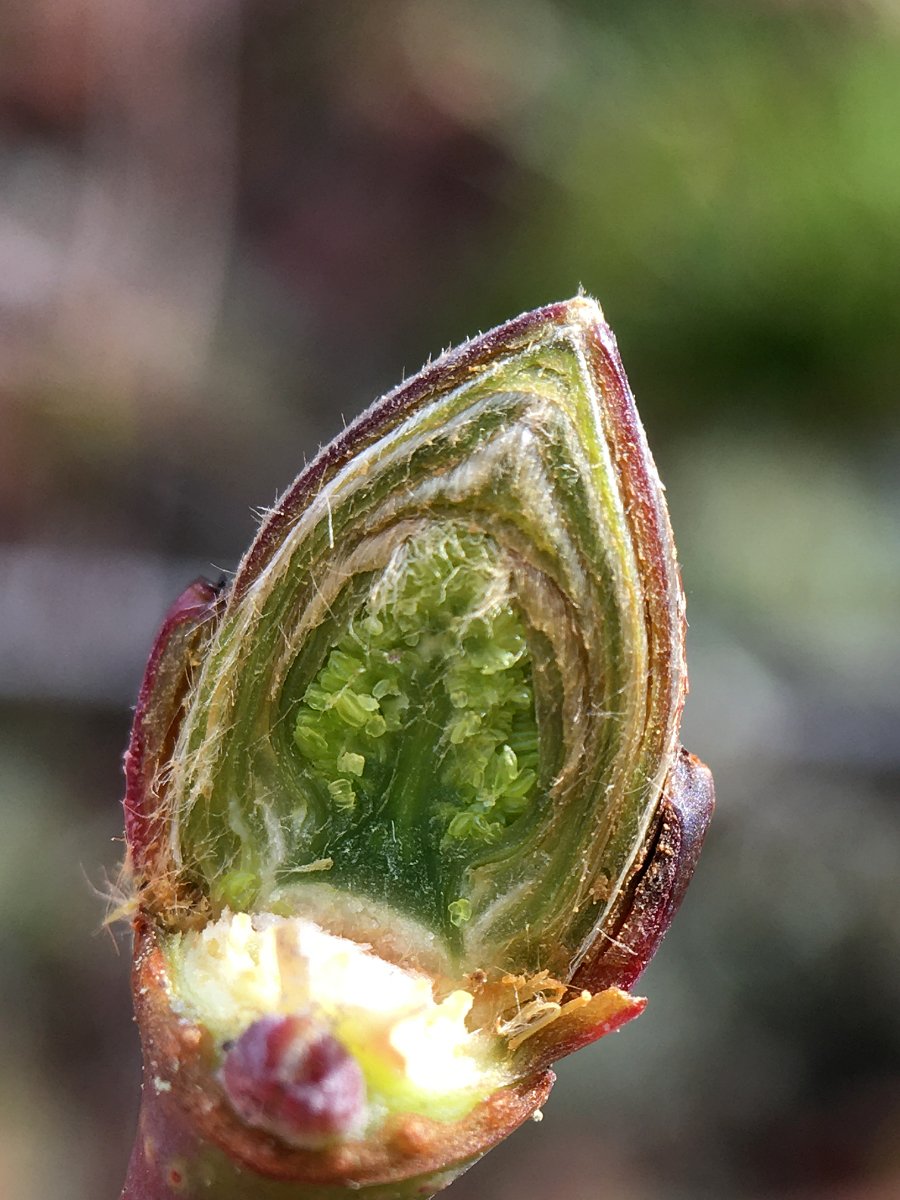Check out these oak leaves that I put in a slideshow. I collected them off the ground under a cluster of oak trees. I was so surprised and fascinated by the amount of variation in shape. I wondered how the field guides on my shelf described the leaf’s shape. Here’s how four different books define it:
Cascade-Olympic Natural History:
“…deeply pinnately blunt-lobed.”
Plants of the Pacific Northwest Coast:
“…deeply round-lobed oak leaves.”
Trees to Know in Oregon:
“Pinnately lobed with 7-9 rounded lobes; lobes often irregular.”
Trees and Shrubs of the Pacific Northwest: “…oval to egg-shaped… edges deeply lobed, lobes and leaf tip rounded.”
I searched for the term pinnately lobed and the University of Texas at Austin defined it as: “PINNATELY LOBED: lobes are arranged on either side of a central axis, like a feather.”
Having never seen an Oregon White Oak leaf, would you have visualized these leaf shapes in the photos based on the definitions from these books? Also, having seen an Oregon White Oak tree, what leaf shape would you have drawn from memory?
References
Botany Basics: Understanding Leaves. https://biodiversity.utexas.edu/news/entry/leaves. Accessed 10 Feb. 2024.
Jensen, Edward C., et al. Trees to Know in Oregon. Rev. April 2005., Oregon State University, 2005.
Mathews, Daniel. Cascade-Olympic Natural History. Raven Editions in conjunction with the Audubon Society of Portland, 1988.
Pojar, Jim, and Andrew MacKinnon. Plants of the Pacific Northwest Coast: Washington, Oregon, British Columbia & Alaska. Revised ed, Lone Pine, 2004.
Turner, Mark, and Ellen E. Kuhlmann. Trees & Shrubs of the Pacific Northwest. First edition, Timber Press, 2014.




















